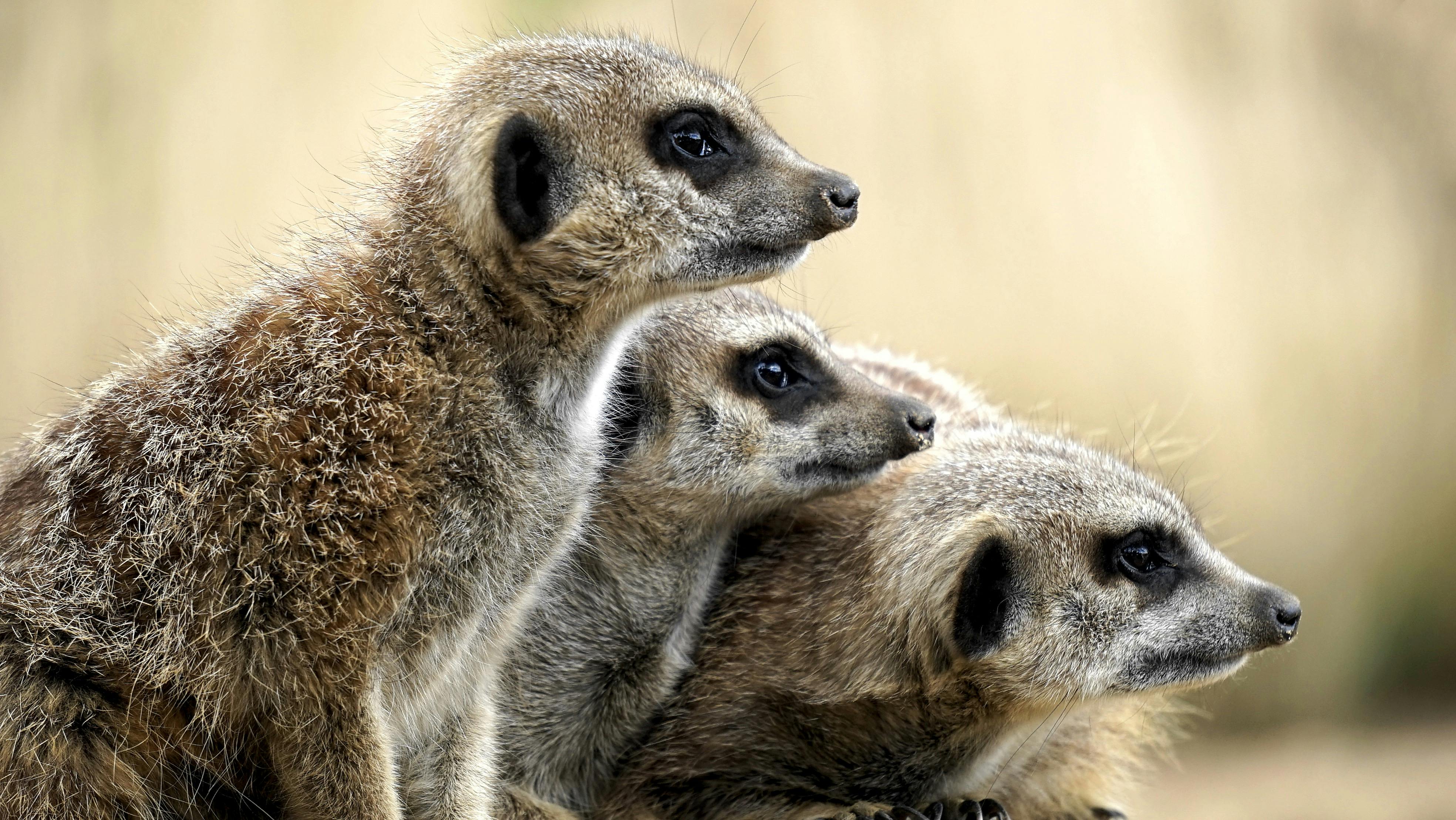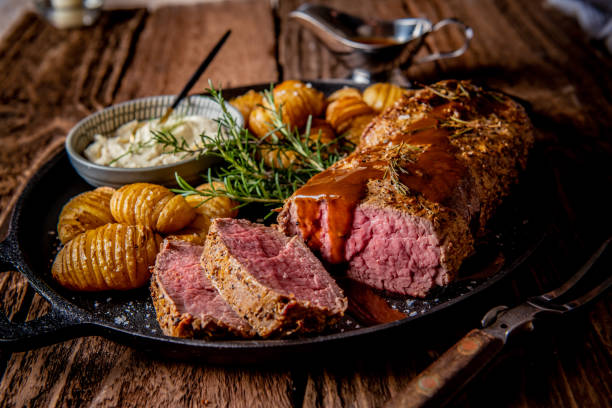Understanding the Social Dynamics of Meerkat Colonies
In the wild expanses of South Africa's Kalahari Desert lives an animal society so complex and fascinating that it outshines even the most advanced human societies in some respects. These are the meerkats, small mammals known for their intricate social structures and cooperative behavior. Understanding the social dynamics of meerkat colonies not only provides insights into their survival strategies but also opens up exciting avenues of scientific research that can influence our understanding of social animals.

A Glimpse into Meerkat History and Evolution
Meerkats, or Suricata suricatta, are part of the mongoose family and have evolved in the harsh environments of the African desert. Over the years, they have developed numerous adaptations to survive, from their slender, agile bodies to their dark patches around the eyes that protect them from the desert sun. However, it’s their evolution as social animals that sets them apart.
The Structure of Meerkat Societies
Meerkat societies, known as ‘clans’ or ‘mobs,’ can consist of up to 50 members. At the heart of these colonies are an alpha male and an alpha female, who are the primary breeders of the group. The rest of the meerkats, often siblings, offspring, or related individuals, work cooperatively to raise the young, forage for food, and guard their burrows.
Recent Discoveries in Meerkat Social Behavior
Recent research has revealed intriguing aspects of meerkat social behavior. For instance, scientists have found that meerkats use a system of ‘teaching’ and ‘learning’ when it comes to foraging. Adult meerkats gradually introduce their young to live prey, initially injuring the prey to make it easier for the young ones to catch. This ‘teaching’ behavior is rare in the animal kingdom and highlights the advanced social dynamics within meerkat colonies.
The Role of Altruism in Meerkat Societies
Another fascinating aspect of meerkat societies is the prevalence of altruistic behavior. Non-breeding individuals help raise the offspring of the alpha pair, risking their lives to protect the burrow and even sacrificing their food for the young. This altruism, scientists believe, increases the overall survival rate of the clan, demonstrating the power of cooperative behavior.
The Market Impact of Meerkat Research
The study of meerkat societies doesn’t just provide interesting insights into animal behavior. It also has a market value. Documentaries like “Meerkat Manor” have popularized these creatures, driving tourism in meerkat habitats and boosting local economies. Furthermore, research into meerkat social dynamics can influence fields as diverse as robotics, where studying meerkat cooperation could help improve swarm robotics, a burgeoning field with an estimated value of $1.3 billion by 2023.
In conclusion, the social dynamics of meerkat colonies present a captivating blend of cooperation, altruism, and learning, offering a unique window into the intricacies of animal societies. As we delve deeper, these small desert mammals continue to surprise us, enhancing our understanding of the complexities of the natural world.





